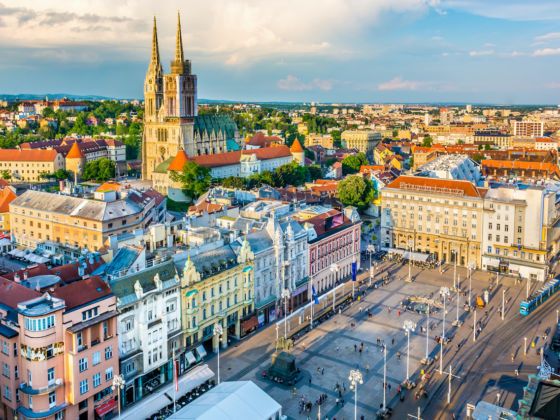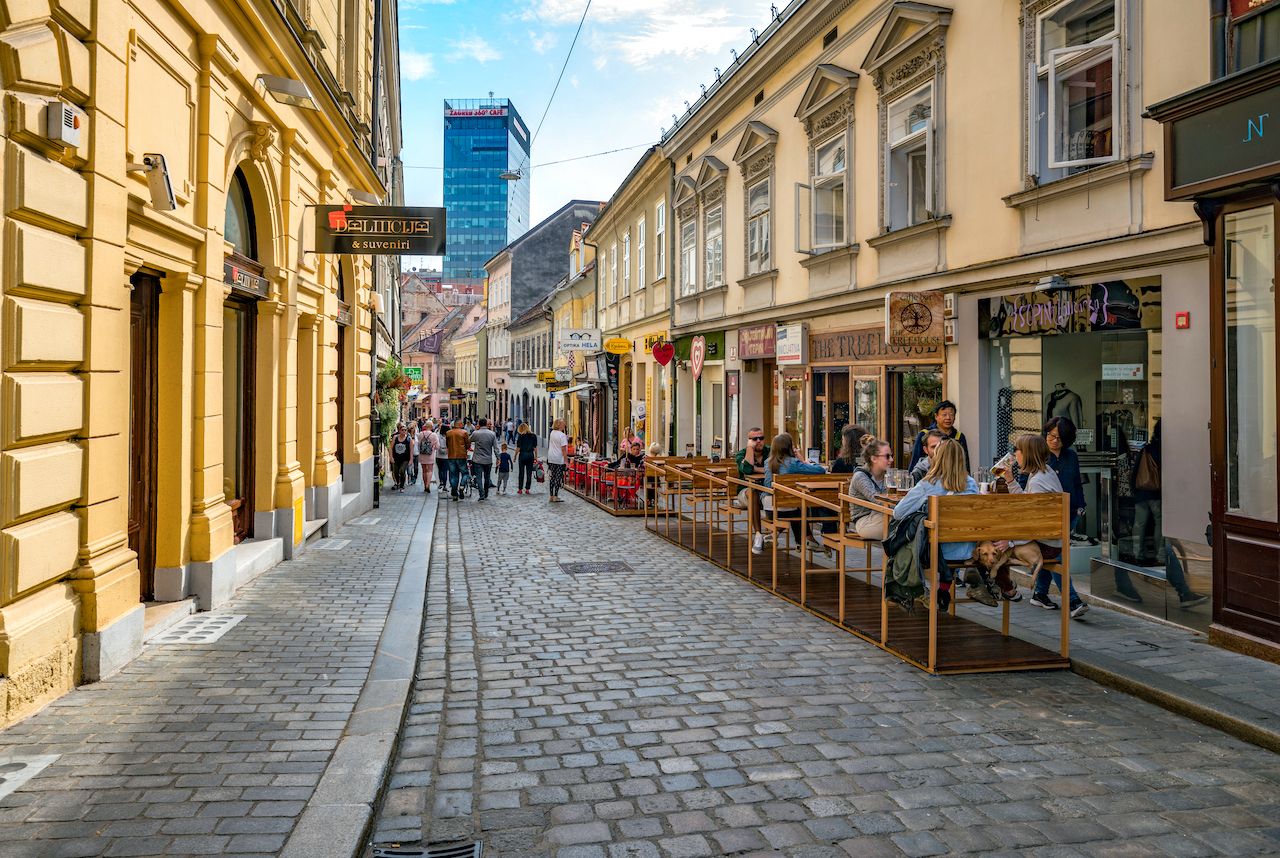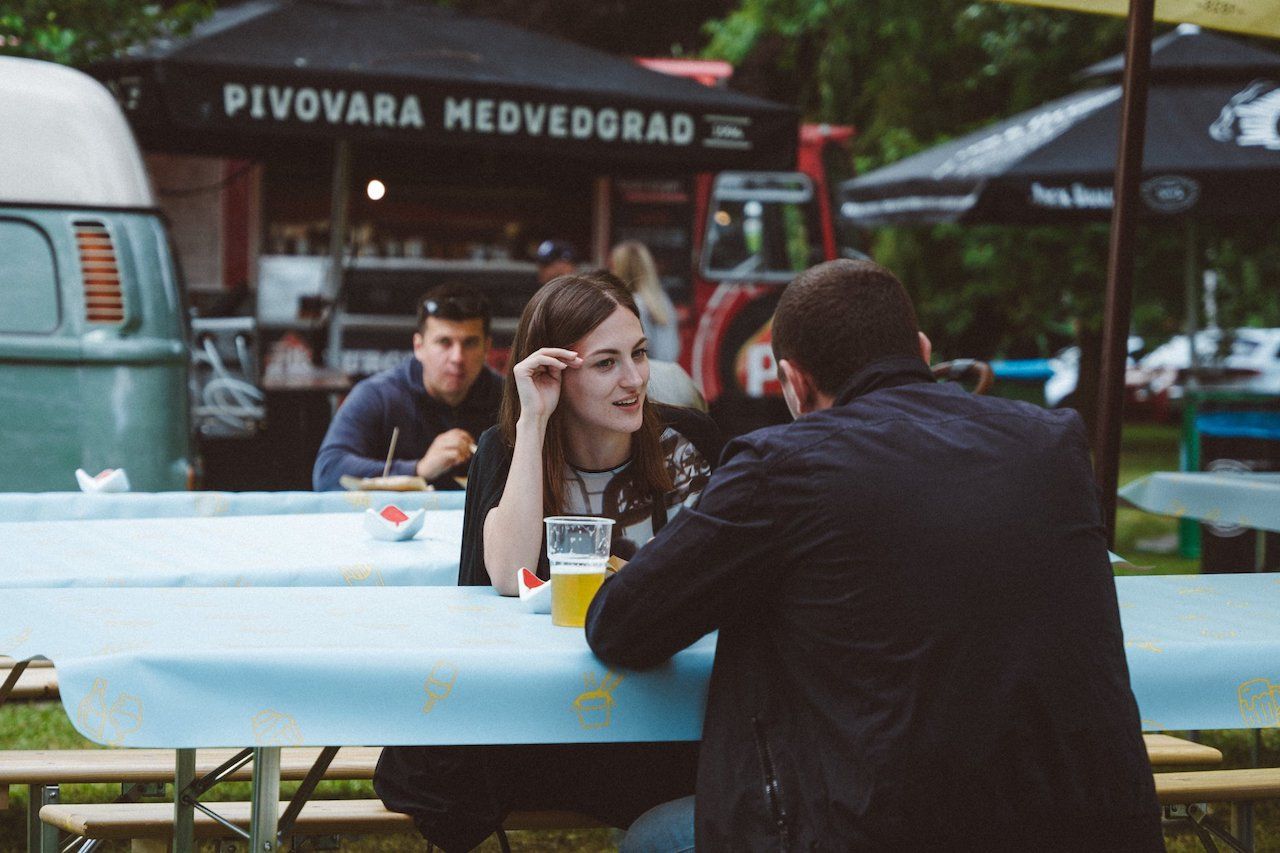If Croatia’s coast was a little less perfect, Zagreb might be a pretty cool city.
Scratch that. Zagreb is a cool city, with that familiar European charm travelers are always after but a candid, sometimes cheeky, attitude that’s entirely its own. And were it not for Croatia’s flawless Adriatic islands, more travelers might actually know that.
Zagreb is the rare European capital that’s not the first place visitors think to go. It’s not even in the top five. But what island-hoppers working their way down the Dalmation Coast miss when they skip Zagreb is a laid-back city of loveable quirks, where travelers are welcome but never treated like tourists.






